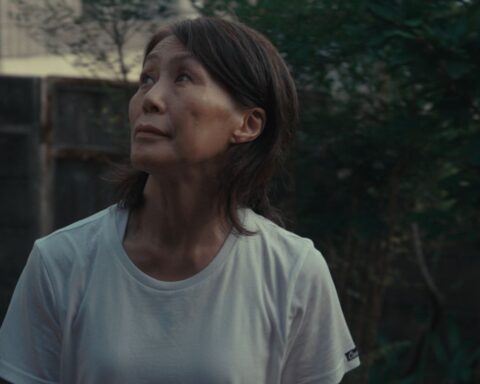The Cordillera of Dreams
(Chile/France, 85 min)
Dir. Patricio Guzman
Patricio Guzman is a man obsessed with the past and who can blame him? When the director was young, he was a supporter of the populist socialist president Salvador Allende, whose radical regime in Chile was overthrown in 1973 in a U.S. sponsored coup by the country’s military. Under General Augusto Pinochet, Chilean democracy was brutally eliminated for two decades, with many leftists and humanitarians killed. Guzman was one of the country’s leading documentarians in 1973, though he was barely 30, and his account of what happened was turned into the remarkable award-winning trilogy The Battle of Chile. Guzman traveled for years with the films, which were rightly hailed not only as brilliant documentaries but also as brave reports of how a democracy can be destroyed despite obvious popular support from many Chileans ranging from union workers to urban cultural activists.
Over the past decade, Guzman has returned to Chile from his adopted France three times to create films that look back at those traumatic times while considering the effect that the military dictatorship had on the land as well as generations of Chileans. The Cordillera of Dreams is the final piece in Guzman’s new trilogy, which began with Nostalgia for the Light (2010) and continued with The Pearl Button (2015). The immense cordillera of the Andes creates a natural border of mountain ranges in the east of Chile; it’s as remarkable a terrain as the Atacama Desert where Nostalgia for the Light was shot and the Patagonian waterways seen in The Pearl Button. The difference here is that while bodies of those killed by the soldiers were buried in the desert and murdered in Patagonia, the Andes’ cordillera is a silent witness to the atrocities of the past.
While offering breathtaking shots of the mountain ranges, Guzman is only able to evoke the Andes through his own memories of a wonderful childhood spent in Santiago, a city that has the looming presence of the mountains just above it. As in the other films in the trilogy, Guzman wants to evoke the past and he’s able to do so through a somewhat younger documentarian, Pablo Salas. It’s Salas’ footage of protests against Pinochet’s regime and up to today’s neo-liberal elected government, which truly bring this latest series of films to a close. Pinochet may be dead but his dictatorship’s embrace of the Chicago school of economics, which espoused a complete embrace of free markets while keeping government intervention to a minimum, effectively destroyed Allende’s socialist Chile, which believed in a system, where people were helped by the party in power. Under globalism and neo-liberalism, Chile’s democracy can never aspire to the nationalist and humanitarian aspirations of Allende.
The Cordillera of Dreams brings back the cultural roots of Allende’s days, with artists like writer Jorge Baradit who evokes the past in his storytelling. Whatever the future holds for his native land, Guzman’s trilogy will have its place in their history, as does The Battle of Chile.











